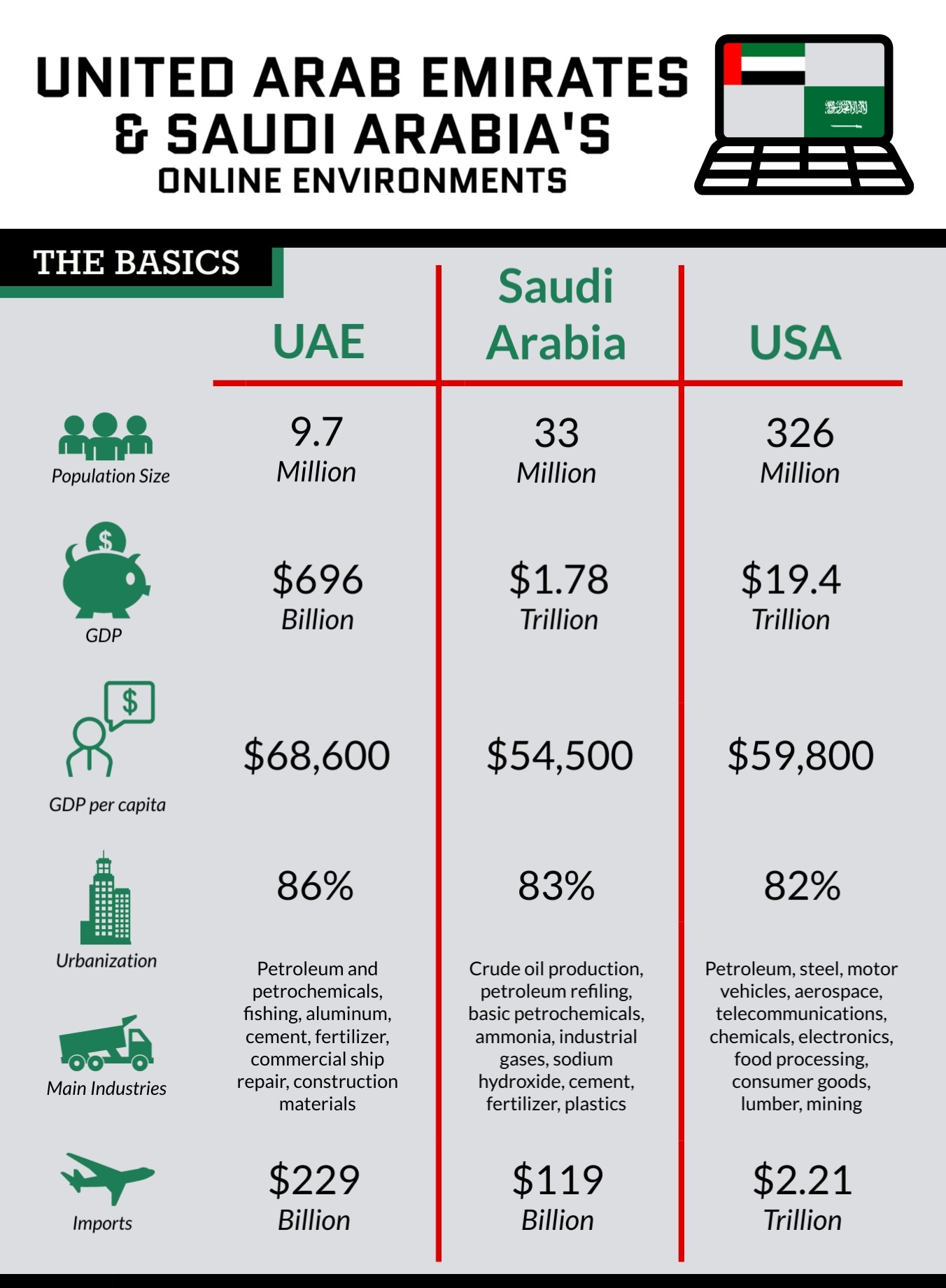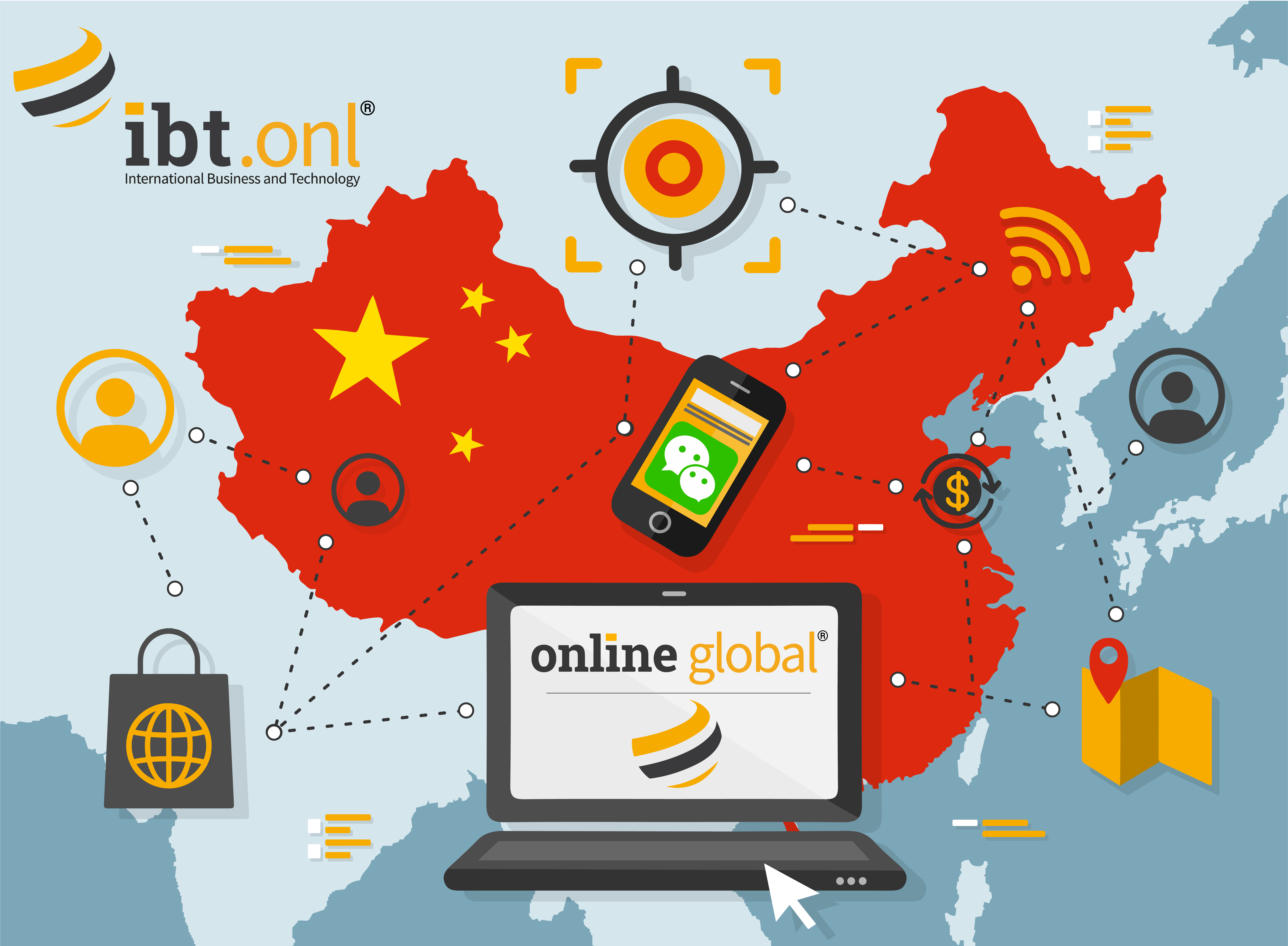Arabic is one of the world’s major trade languages. Combine that with the dominance of the internet in many Arab-speaking countries and it’s clear that companies need Arab language websites to get found, be understood and do business across the Arabic speaking markets. In countries like Saudi Arabia and the United Arab Emirates, over 90% of the population access the internet regularly. Social media and ecommerce are well developed. In fact, Saudi Arabia is one of the biggest online spenders worldwide. So getting your Arab website right is vital for your company’s success in these markets.
But what should that Arab-language website look like? Do you need one Arabic website for all Arabic speaking countries? What are the main differences with your English-language website? How about search engine optimization and keyword research for online Arabic? This blog shares some of our experiences building and managing corporate websites and social media marketing for Arab-speaking countries, but if you want more information, just get in touch!
Read More





